Chinese Cork Oak (Quercus variabilis) is a medium to large tree belonging to the Fagaceae family. Native to parts of eastern Asia, including China, Taiwan, Japan, and Korea, this woody plant features thick, corky bark and leaves resembling those of chestnuts, making it an attractive choice for ornamental use. Though primarily known as a houseplant, it has also been cultivated on a limited scale in China for cork production, although its yield is lower than the more widely known cork oak.
| Common name | Chinese Cork Oak, Oriental Oak |
| Botanical name | Quercus variabilis |
| Family | Fagaceae |
| Species | variabilis |
| Origin | Asia |
| Life cycle | Woody |
| Plant type | Houseplant |
| Hardiness zone | 5, 6, 7, 8 |
| Sunlight | Full Sun |
| Maintenance | Medium |
| Soil condition | Clay |
| Drainage | Well-Drained |
| Growth rate | Slow |
| Harvest time | Fall |
| Flowering period | Spring |
| Height | 6- 80 ft. |
| Leaf color | Green |
| Fruit color | Brown, Copper |
| Stem color | Brown, Copper |
| Fruit type | Nut |
| Garden style | Butterfly Garden |
| Uses | Lawn |
| Toxicity | Poisonous |
I. Appearance and Characteristics
Quercus variabilis, the Chinese cork oak, is a species of oak in the Quercus sect. Cerris, native to a wide area of eastern Asia in southern, central, and eastern China, Taiwan, Japan, and Korea.
Quercus variabilis is a medium-sized to large deciduous tree growing to 25–30 metres (82–98 feet) tall with a rather open crown, and thick corky bark with deep fissures and marked by sinuous ridges. The leaves are simple, acuminate, variable in size, 8–20 centimetres (3+1⁄4–7+3⁄4 inches) long and 2–8 cm (3⁄4–3+1⁄4 in) broad, with a serrated margin with each vein ending in a distinctive fine hair-like tooth; they are green above and silvery below with dense short pubescence.
The flowers are wind-pollinated catkins produced in mid spring, maturing about 18 months after pollination; the fruit is a globose acorn, 1.5–2 cm (5⁄8–3⁄4 in) diameter, two-thirds enclosed in the acorn cup, which is densely covered in soft 4–8 millimetres (3⁄16–5⁄16 in) long ‘mossy’ bristles.
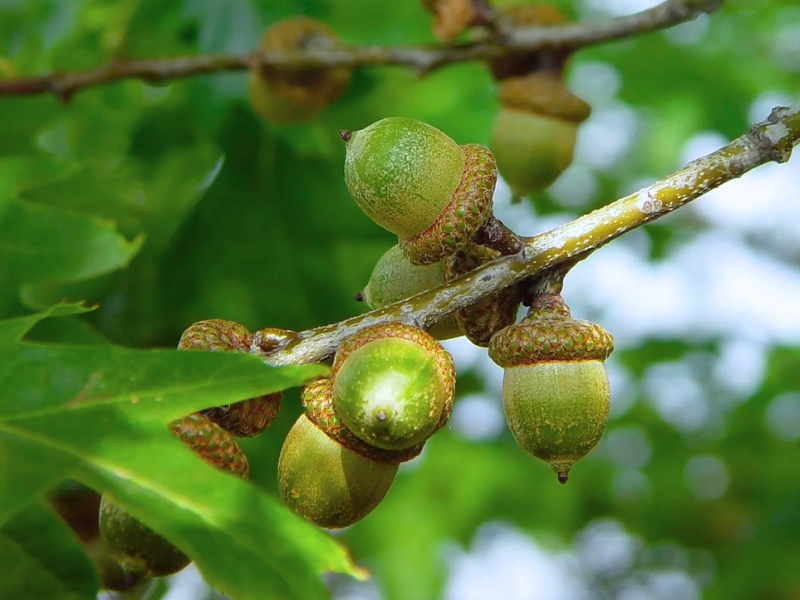
II. How to Grow and Care
Sunlight
Chinese cork oak thrives in conditions where it receives full sun, which means it requires at least six hours of direct sunlight per day for optimal growth. When grown outdoors, chinese cork oak should be planted in locations that provide ample sunlight to ensure vigorous health and development. While Chinese cork oak has a tolerance for partial sun, meaning it can still grow with less than full sun exposure, its growth may be less robust under such conditions. Chinese cork oak’s leaves may exhibit certain adaptive characteristics to regulate light absorption, such as adjusting orientation or changing pigmentation to maximize photosynthetic efficiency. Planting Chinese cork oak in sites with the right balance of light will support its strongest growth and resilience.
Temperature
Chinese cork oak grows in a large range of temperatures. It is adaptable in hardiness zones 5-9.It prefers well drained soil with adequate ventilation in the tree canopy. Chinese cork oak will not do well in standing water. Also, leaf molds pose serious threats if the leaves cannot dry out in the wind. So make sure they are not stuck against buildings where rainwater may drain.
Watering
Adapted to moderate hydration, chinese cork oak thrives in environments that mimic its native woodland settings, where soil moisture is consistent but not waterlogged. Its water habits include a preference for slightly moist conditions, exhibiting a balance between drought tolerance and the need for regular watering—typically once every 1-2 weeks. Given its adaptability, chinese cork oak is well-suited for outdoor cultivation where it can benefit from natural rainfall patterns. As a deciduous species, Chinese cork oak’s water requirements decrease during dormancy in the cooler months, aligning with seasonal precipitation cycles.
Soil
Ideal soils are well-drained loam, sandy-loam, or sandy-clay soils. Some alluvial fan areas and silts harbor good oaks stands. The key in all of these is that the soil is well-drained. Standing water cannot be tolerated by oaks.
Fertilizing
For robust health and vigor, fertilize chinese cork oak with balanced nutrition fertilizers annually in early spring or more frequently with high nitrogen options. This bolsters growth and improves acorn production. Use recommended label rates to avoid nutrient overload. Vary application with seasonal growth; less in dormant winter, more in active spring/summer. Apply carefully to prevent root burn. Novice or expert, always wear gloves and follow precise instructions for plant safety and optimal nourishment.
Planting Instructions
It may take a very long time if you want to get a mature oak tree from an acorn. But with patience, planting a small tree is still fun. Be sure to kill weevil larvae by soaking the acorns in 41 ℃ water for 30 minutes, stratify in moist sand in the refrigerator (not freezer), and plant in the springtime.
Pruning
Branches should be pruned to avoid moist pockets or where heavy branches may fall on people or buildings. Avoid having branches that grow with leaves tight together or pressed against buildings. If rain collects in these pockets then molds and fungi can attack. Chinese cork oak love having their leaves dry out in a well ventilated breeze.
To ensure that no danger occurs from the brittle hardwood branches, make sure that heavy branches do not hang over walking paths or outbuildings. Also, do not let children play near oaks in a thunderstorm as they are susceptible to falling branches and lightning strikes.
Transplanting
The best time to transplant chinese cork oak is between S1-S2, as it can best adapt to new environments then. Choose a location where the plant will receive full to partial sunlight. Remember, Chinese cork oak prefers well-drained soils, so avoid overly wet spots. Gentle care during transplantation helps chinese cork oak adjust smoothly.
Pests and Diseases
No serious insect or disease problems. Oaks in general are susceptible to a large number of diseases, including oak wilt, chestnut blight, shoestring root rot, anthracnose, oak leaf blister, cankers, leaf spots and powdery mildew. Potential insect pests include scale, oak skeletonizer, leaf miner, galls, oak lace bugs, borers, caterpillars and nut weevils.
III. Uses and Benefits
It is cultivated in China to a small extent for cork production, though its yield is lower than that of the related cork oak. It is also occasionally grown as an ornamental tree. For pharmaceutical grade production of Ganoderma lucidum, known in China as ‘the mushroom of immortality,’ the dead wood logs of Q. variabilis are used.
Find Where to Buy the Best Chinese Cork Oak (Quercus variabilis)



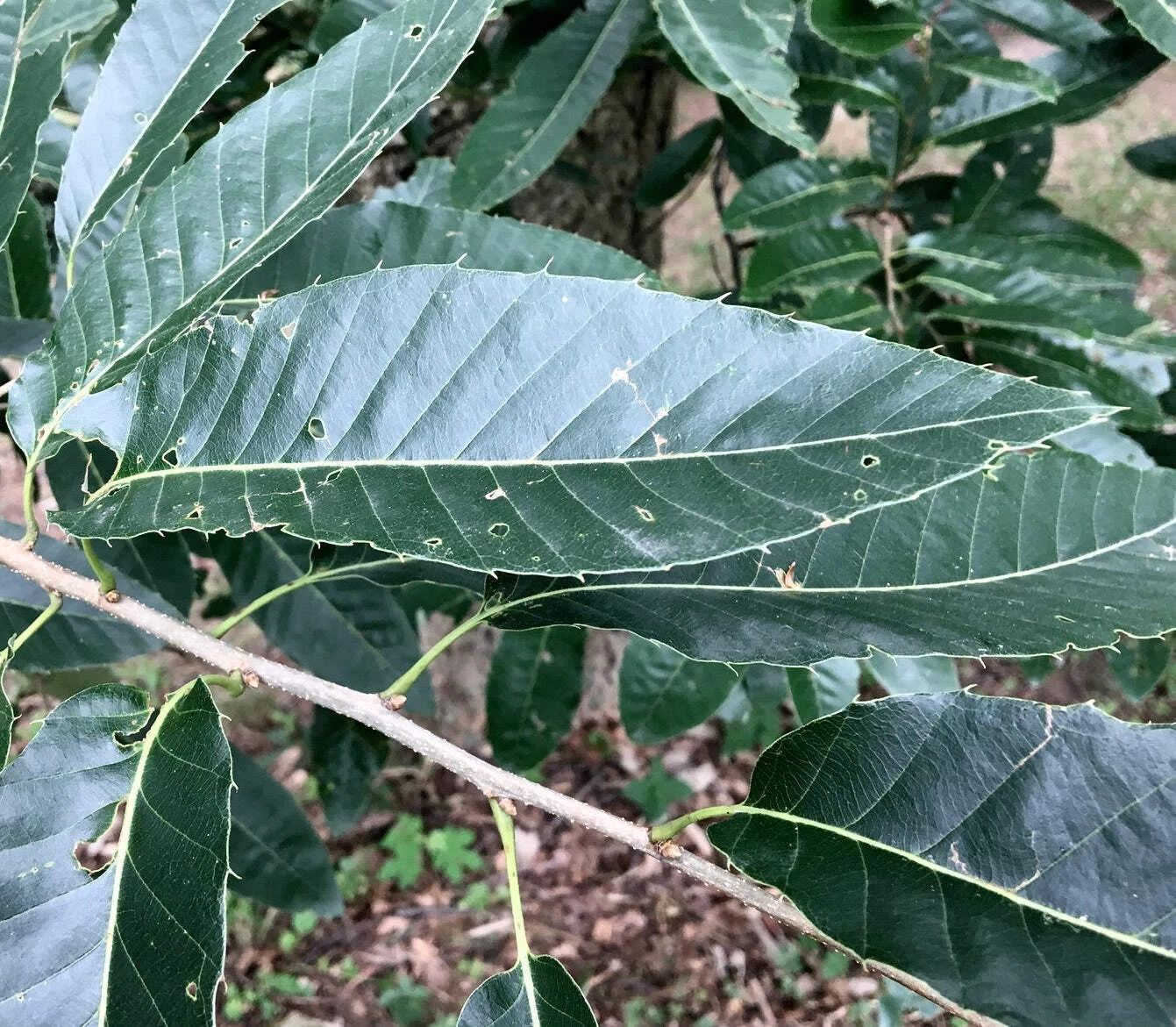

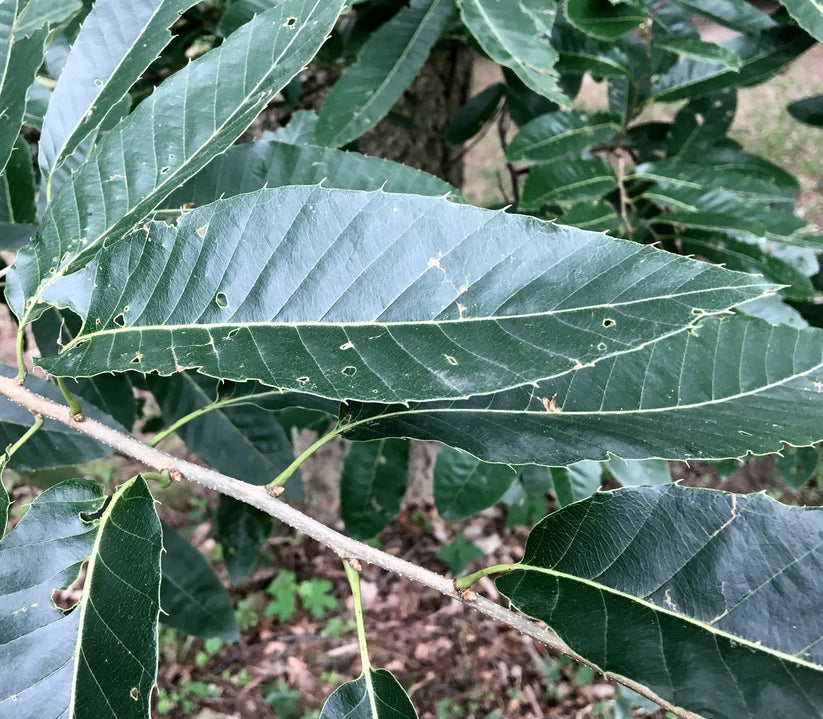

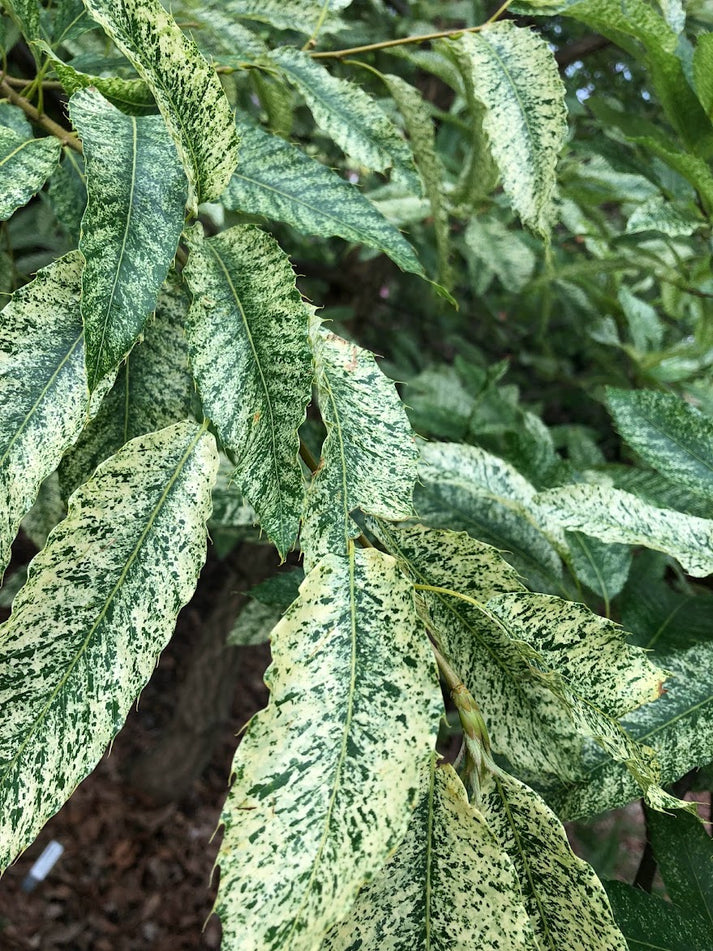
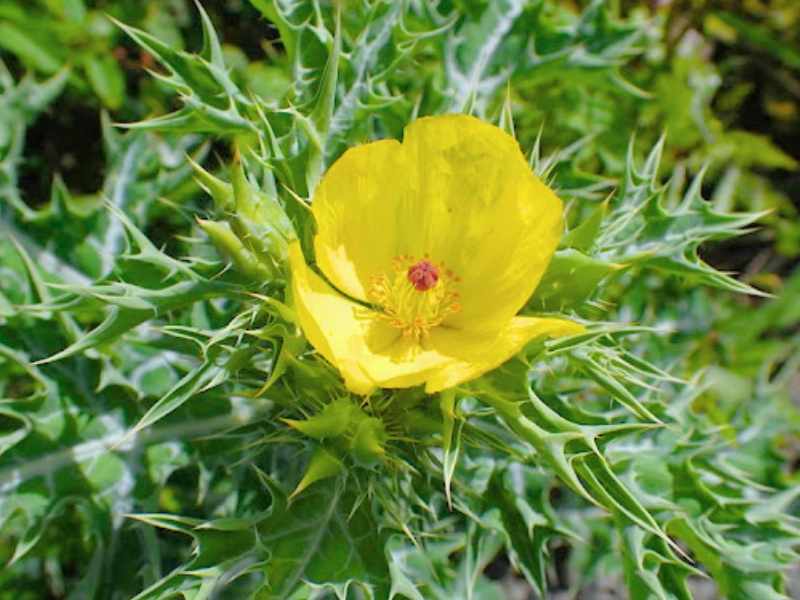
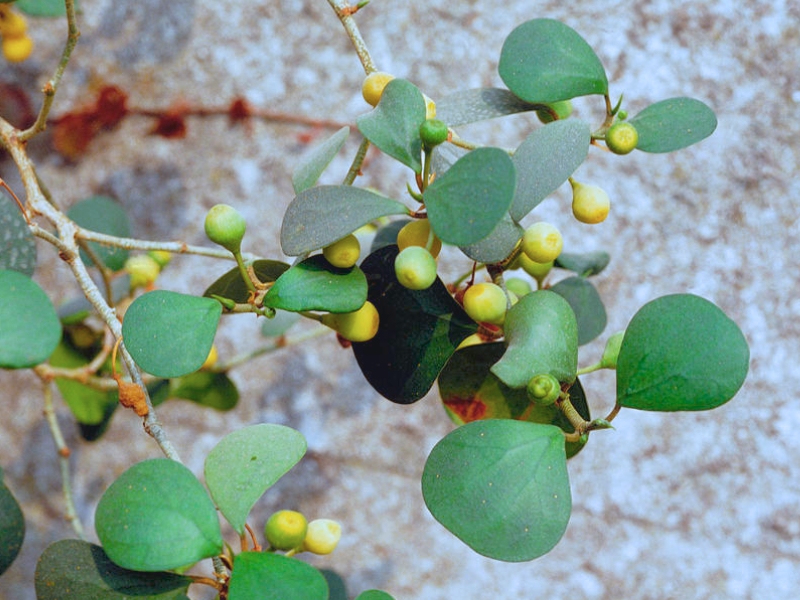
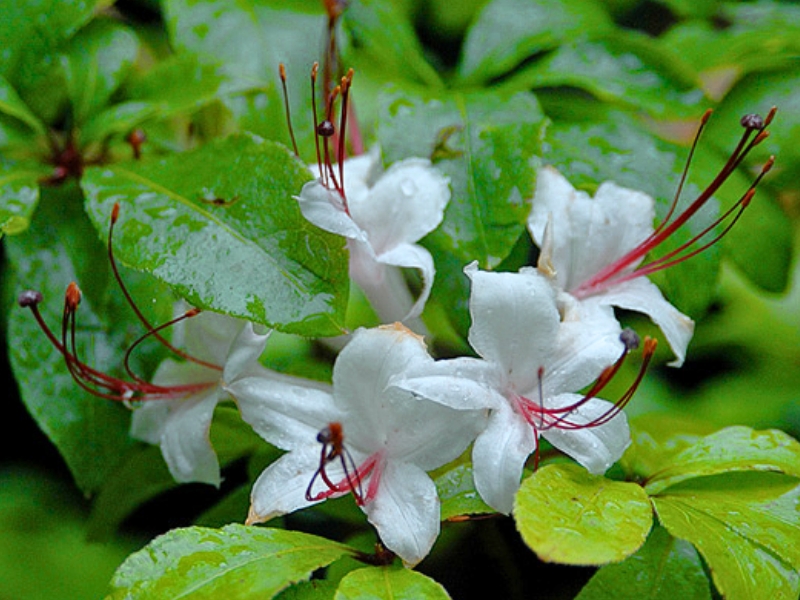
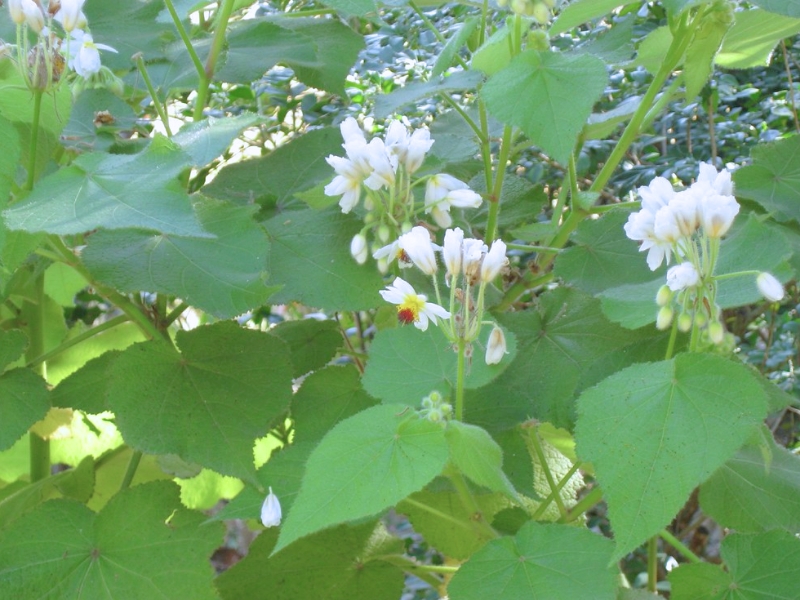
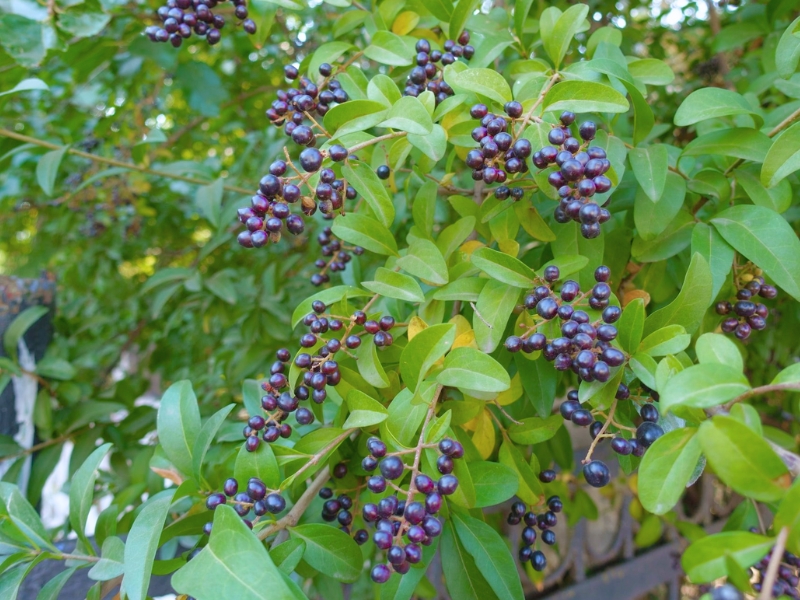
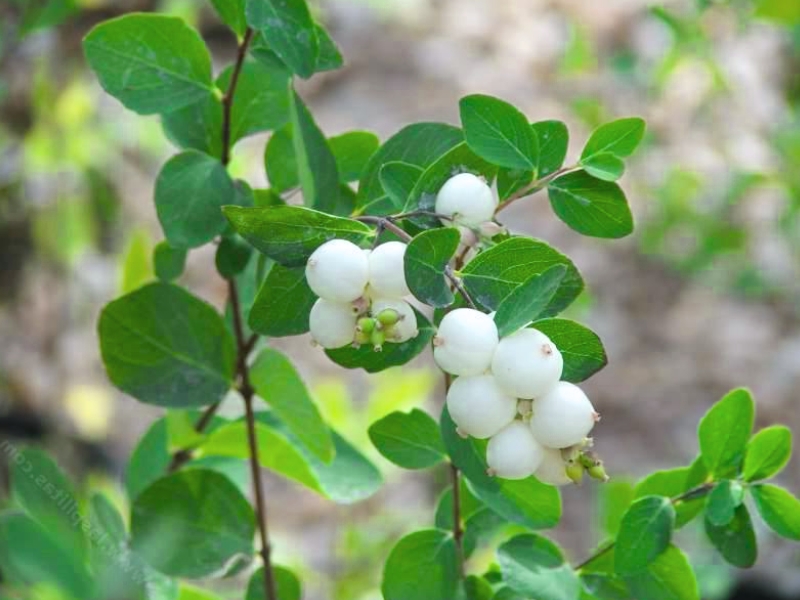
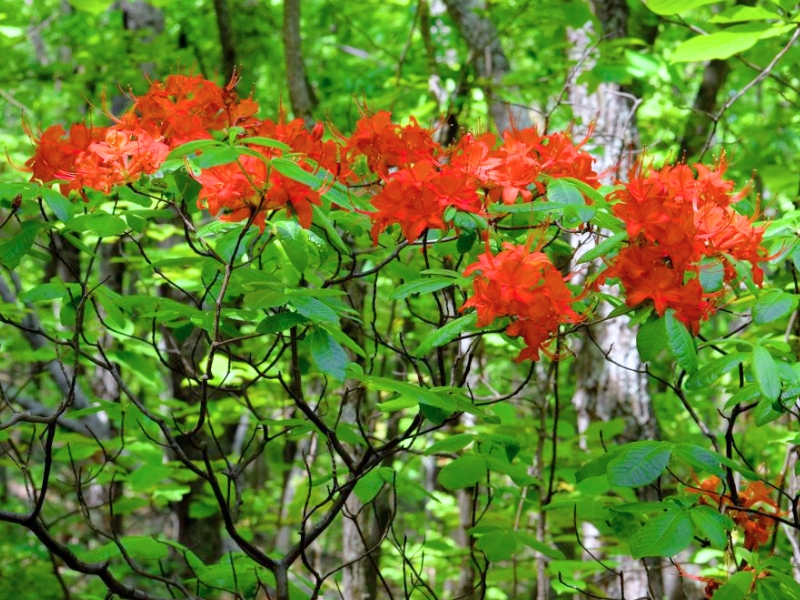
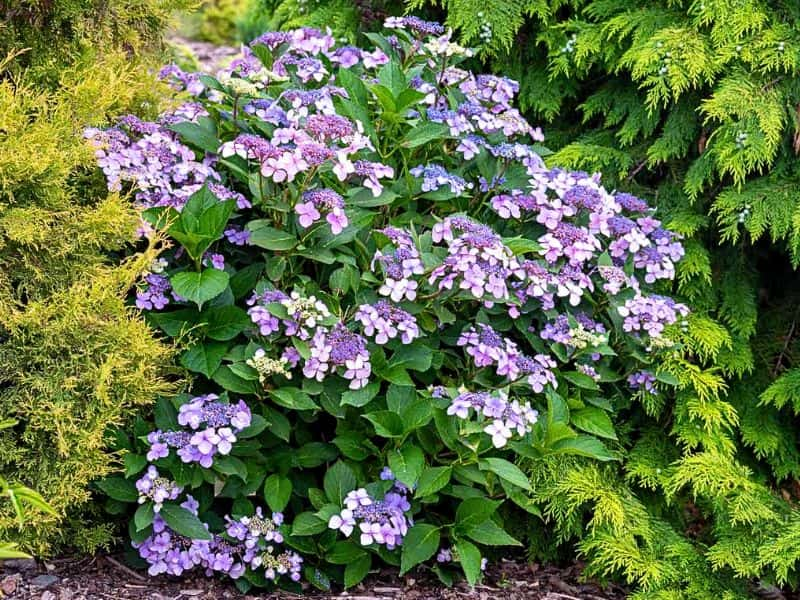
Leave a Reply